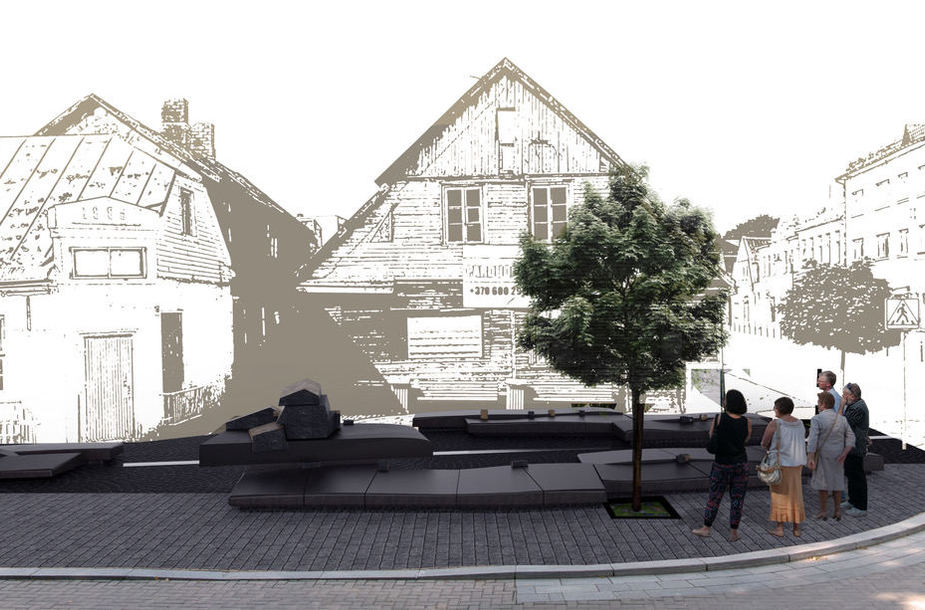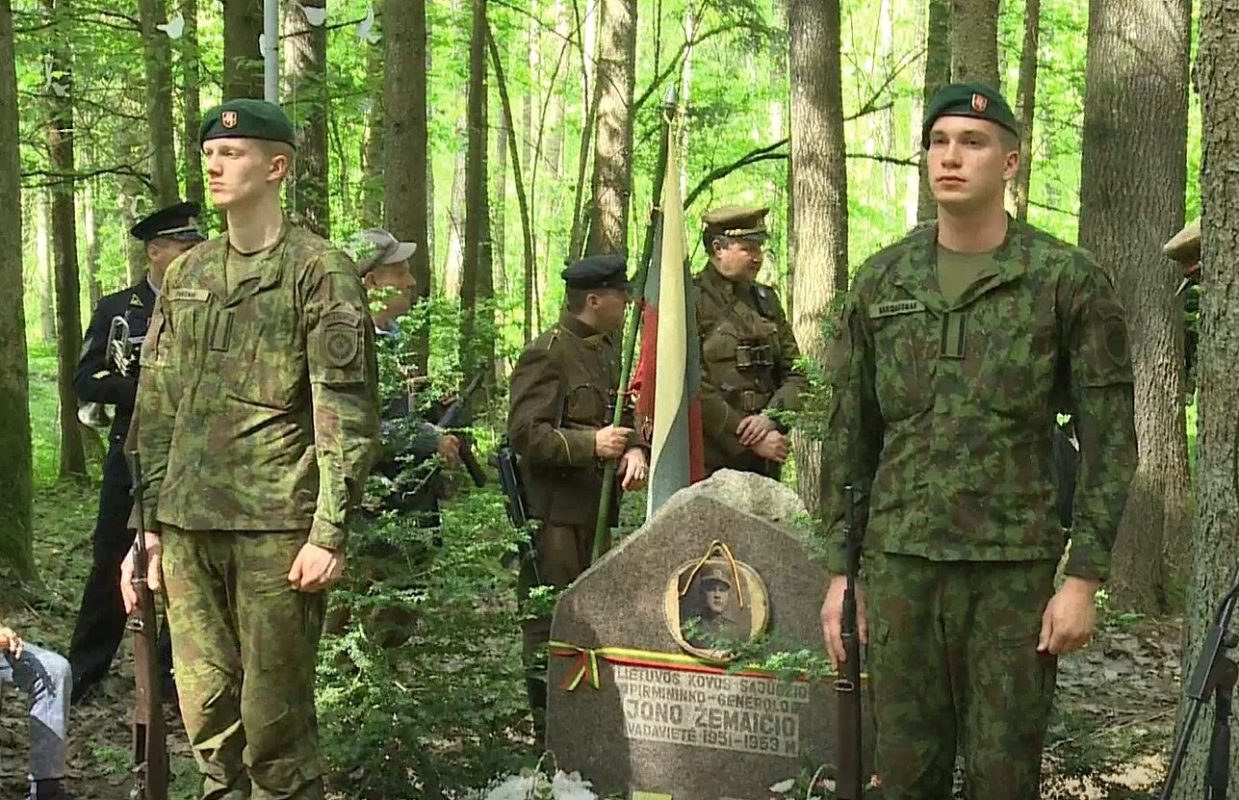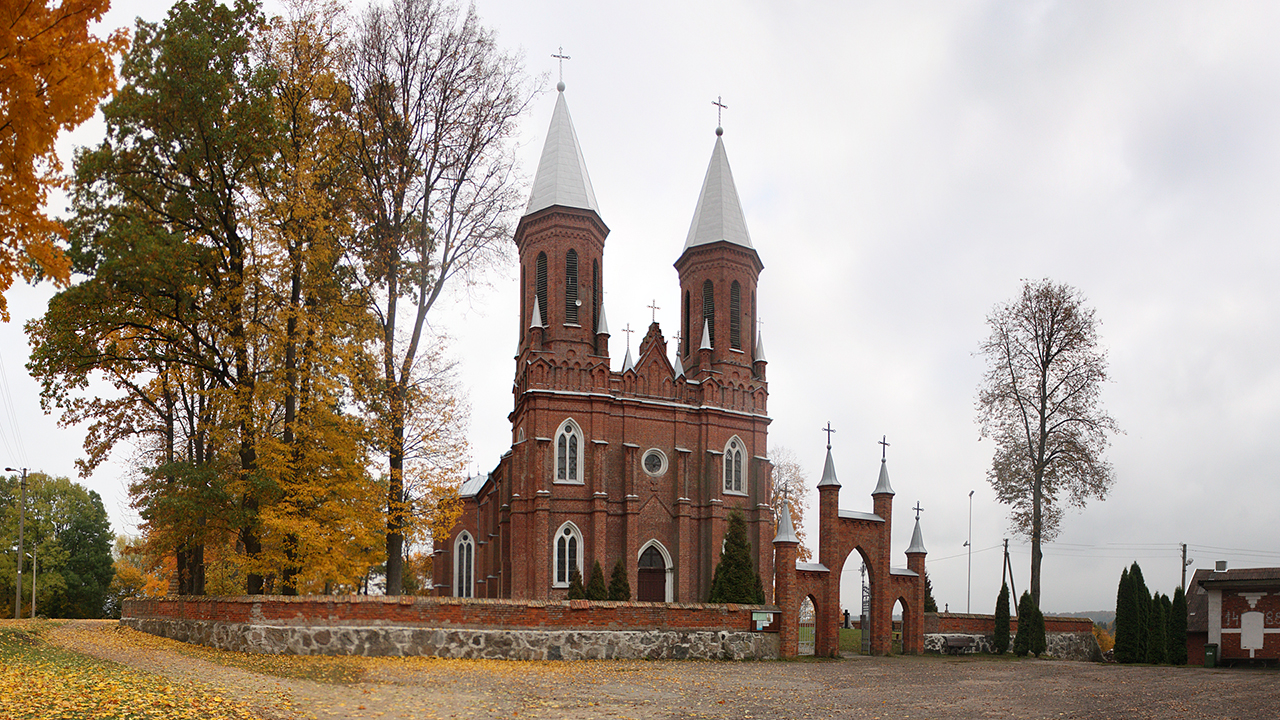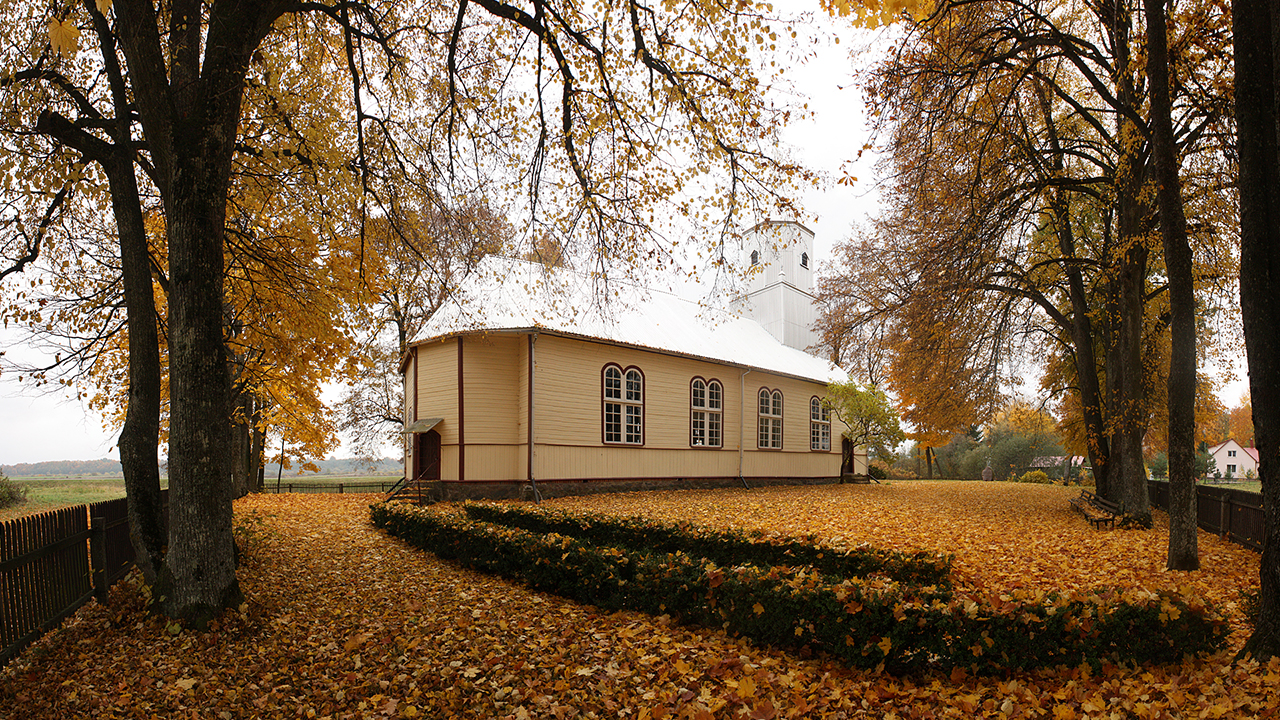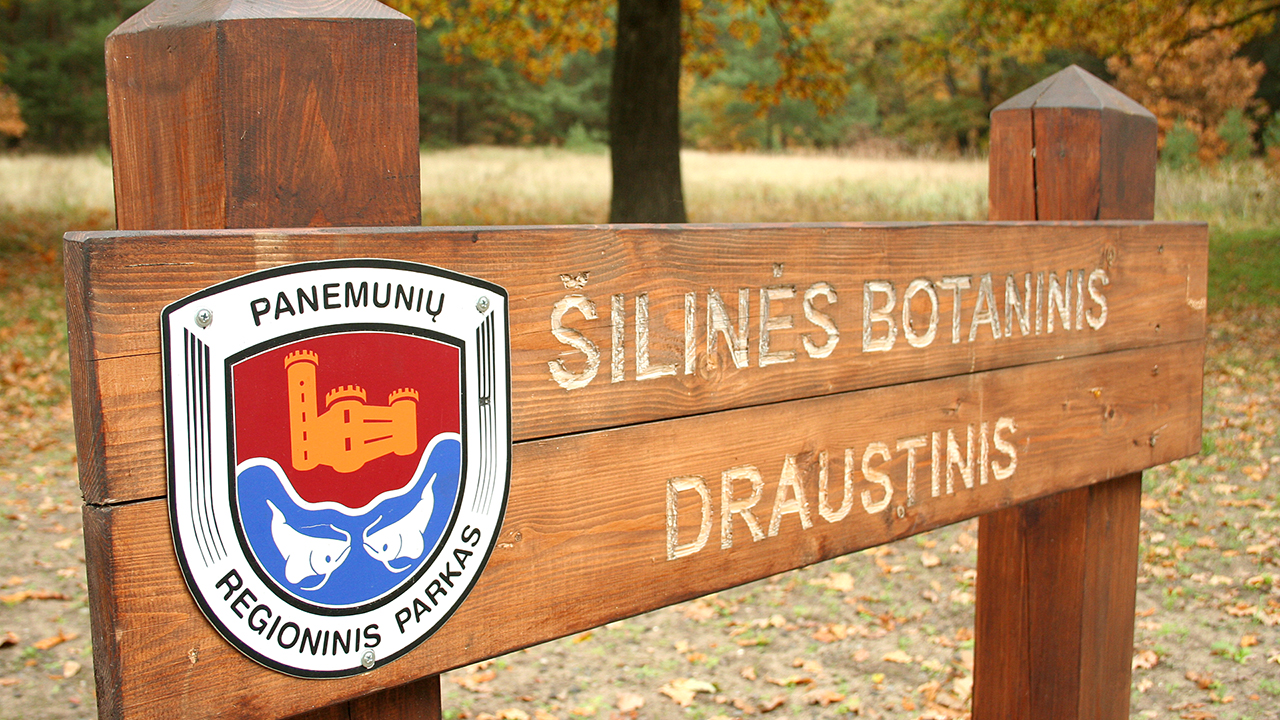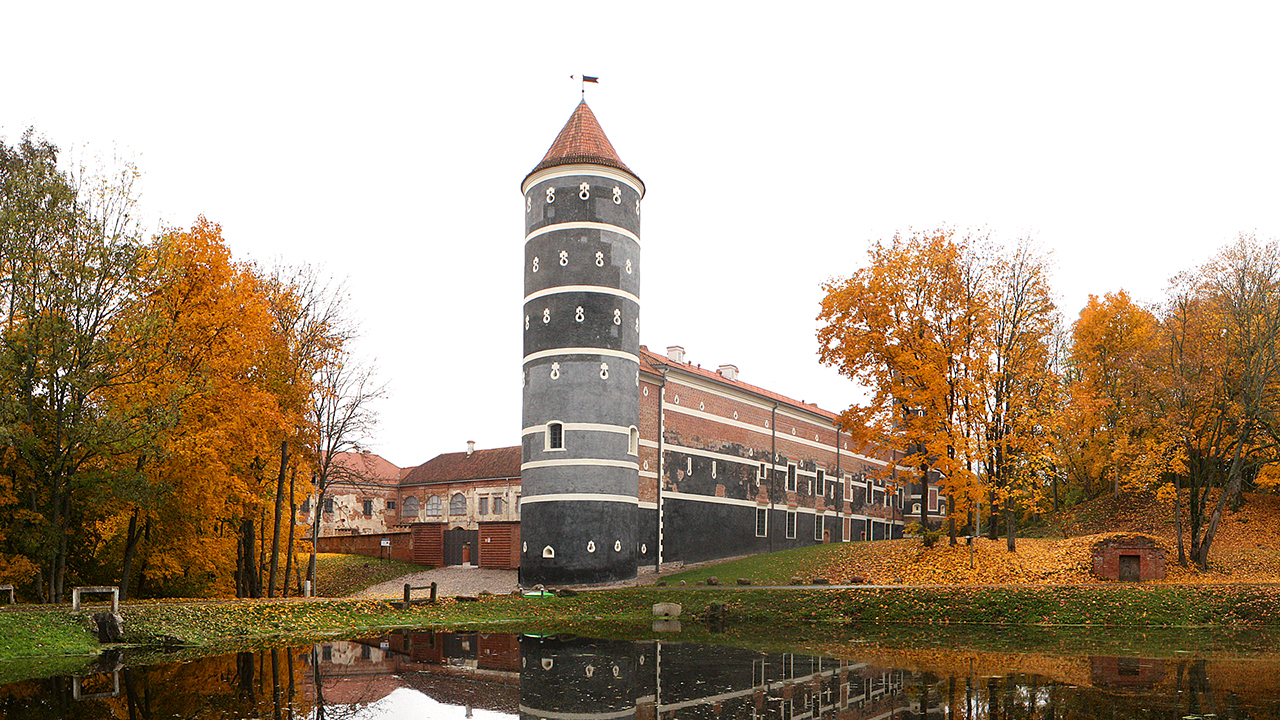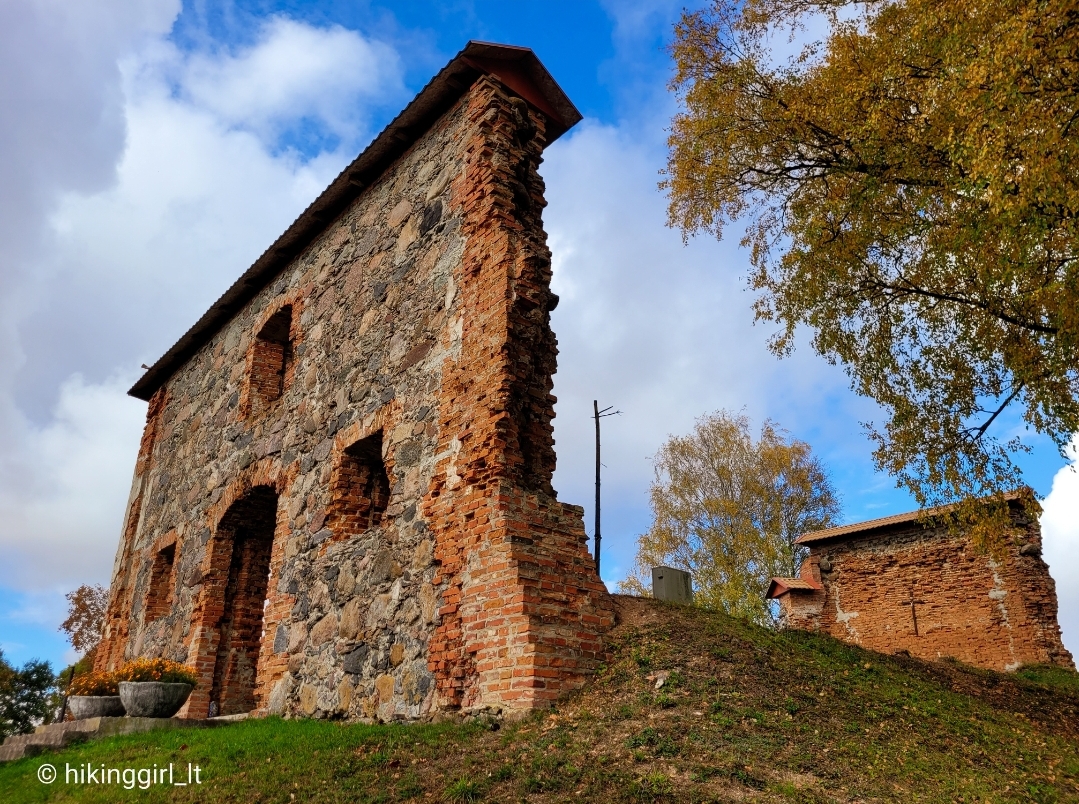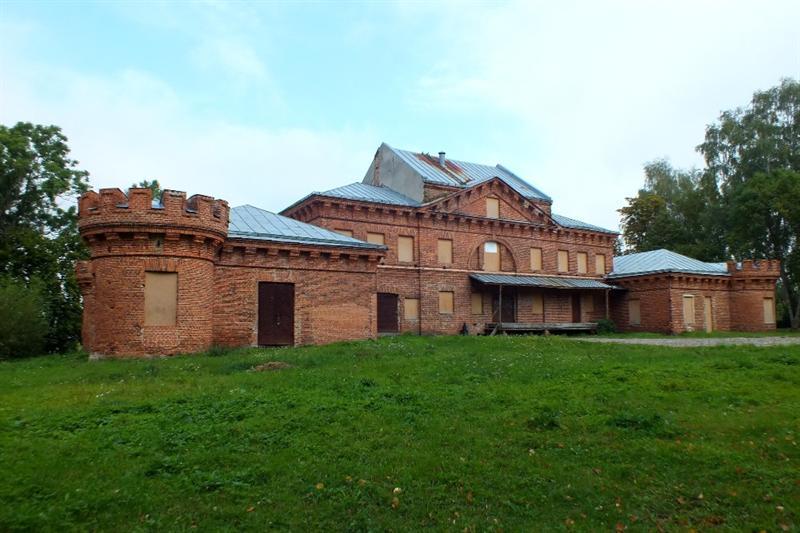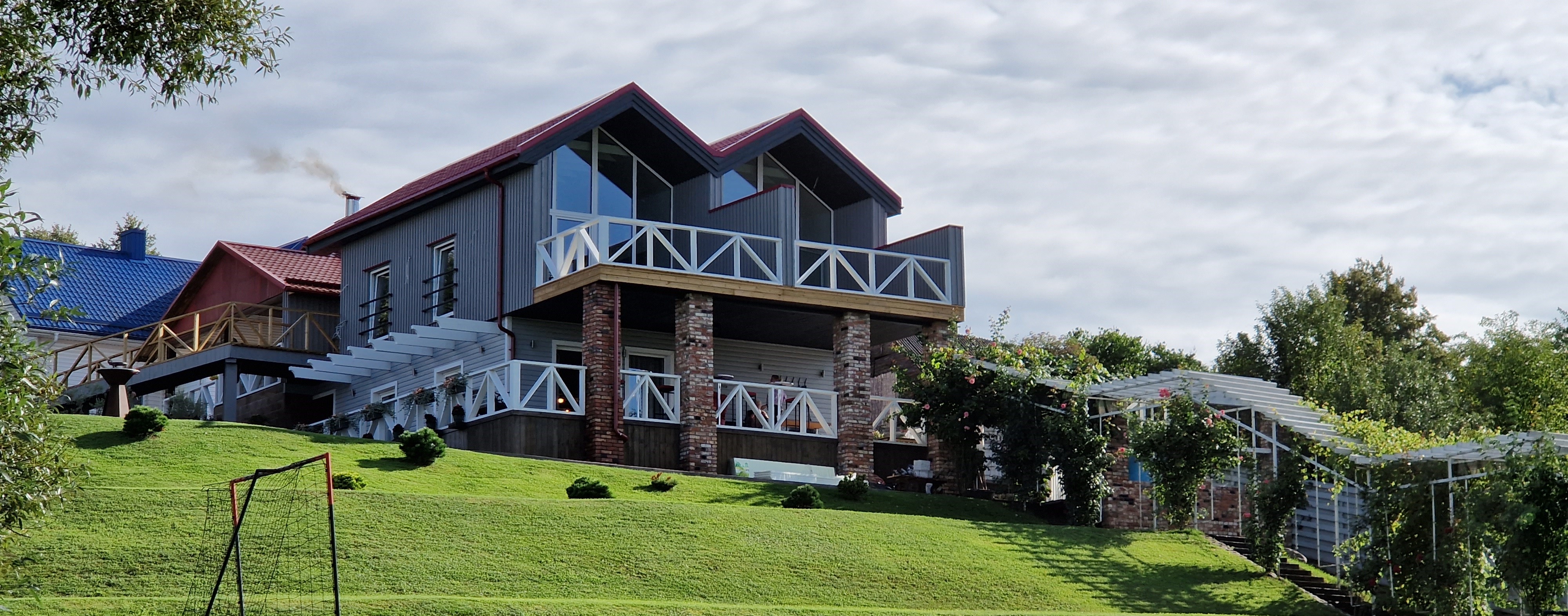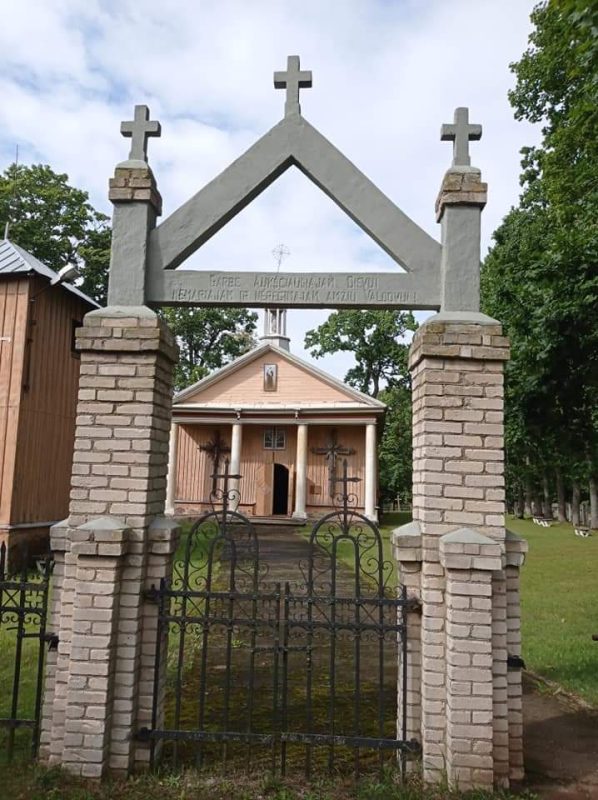St. Anthony of Padua Church

35

0

0
0 out of 5
(0 reviews)
This rectangular church, featuring elements of classical architecture with a portico, apse, and tower, was built in 1821. Next to the church stands a tall, massive wooden belfry.
Info
-

Religious Heritage
-
This rectangular church, featuring elements of classical architecture with a portico, apse, and tower, was built in 1821. Next to the church stands a tall, massive wooden belfry.
When Stakiai was still known as Pamituvis, a chapel was built around 1750. By 1806, it had two altars. In 1815, considering the wishes of the faithful, the parish priest of Veliuona requested permission from the bishop to build a church in Stakiai and appoint a priest. A rectory was constructed in 1817, followed by the church in 1821.
Until 1863, a parish school operated alongside the church. Father Motiejus Čiuževičius, the parish priest of Stakiai, participated in the 1863 uprising and was exiled to Siberia for 10 years as a consequence. In 1875, the St. Anthony of Padua Church in Stakiai was enlarged. The patriotic Father Feliksas Sereika, who purchased
and distributed banned Lithuanian literature to parishioners during the press ban, encouraged the preservation of Lithuanian identity, language, customs, and traditions.
Notably, in 1906, Father Juozas Tumas-Vaižgantas was exiled to Stakiai for his Lithuanian activities, and in 1909, under the guidance of parish priest A. Gečius, Raseiniai resident Bronikauskas renovated the church interior.
Parish priest Romualdas Macevičius (1931-1988), who served in Stakiai from 1956 to 1988, renovated the church, installed central heating, and built a new rectory. He was buried in the churchyard in 1988.
Stakiai has long been known for the St. Anthony festivals, which lasted several days and attracted pilgrims from distant parishes.
Today, visitors to this church can view historical chasubles that reflect its rich past.
Found a mistake?
Report
Whats new?
Nearby attractions
Nearest accommodations

 Entertainment
Entertainment
 Food establishments
Food establishments





























 55.183184, 23.082951
55.183184, 23.082951
 Get directions
Get directions








